This is trickier than you might think. We know people who’ve tried to schedule a call with a busy person,
and after repeated back-and-forth scheduling emails, the busy person simply gave up and said, “Sorry, I
just don’t have time.”
Your goal is to minimize the back and forth and make it easy for the busy person to find time to talk to
you.
Here are five important things to keep in mind when you write the email:
1. You (the lower-status person who wants to talk to the busy person) should initiate the call, but
provide your phone number in case they want to speak to you right now
By the way, don’t get offended by my use of the phrase “lower-status.” Let’s be candid: If you want
something from someone else, in this situation, you are lower-status.
Whether it’s less famous, less wealthy, less successful, less important, or less busy, that’s just the
way it is. Remember, YOU want something from THEM. It’s important to recognize this and work around the
busy person’s schedule. That means:
2. Don’t make them think
You can’t ask them to work around your schedule, but at the same time you want to make it easy for them
to say, “yes.” Don’t make them come up with a bunch of times that work. Instead, offer them a couple of
different options for times that would work for the call. That respects their schedule, and leaves the
final decision in their hands, but doesn’t require a lot of thought.
3. Send your email when they’re most likely to read it
You wouldn’t believe how many people email complex questions to a busy person on a Friday afternoon.
Why? Why would you send something requiring lots of work to someone on their way out for a weekend?
The answer: “Oh…I didn’t think about that.”
If you don’t think about the busy person, you lose.
To maximize your chance of getting a response, email a busy person when they’re most likely to read and
process it.
In other words:
- Do NOT email a busy person on Monday morning
- Do NOT email a busy person on their birthday (unless it’s a simple happy birthday message)
Instead, think when they’re most receptive. Maybe at lunch? Maybe Sunday night when they’re prepping for
their week?
4. Make it impossible to skip with great formatting
Bad formatting can scuttle even the most helpful, interesting email.
Use paragraph breaks and bullet points liberally to make your email easy to read.
Also, send it in plain text rather than HTML so it can be easily read on a mobile device. For VIP emails,
I like to send myself a test to make sure it’s readable and any URLs are clickable.
5. Use correct grammar and spelling
Lazy typos signal laziness. Use proper punctuation and capitalization.
Don’t use lower case “i”s or texting abbreviations. An email should be more polished than a text
message.
Always proofread your email. Let the reader focus on your well-crafted message, not the fact that you
still do not know the difference between “its” and “it’s.”
You wouldn’t think I’d need to say this, but I do.
If you keep those 5 things in mind, you’ve got a great shot at getting a positive response, but let me
give you an example of these principles in action.
Let’s say a college student (low status) needs to email a CEO (high status). A great email would look
like this:
 ☰
☰
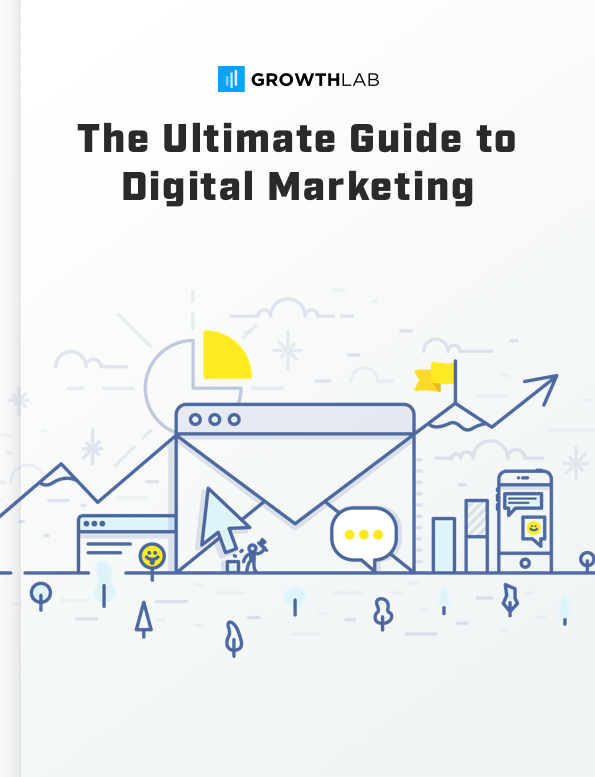
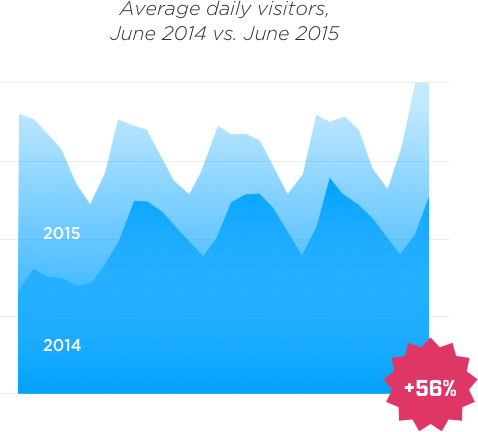

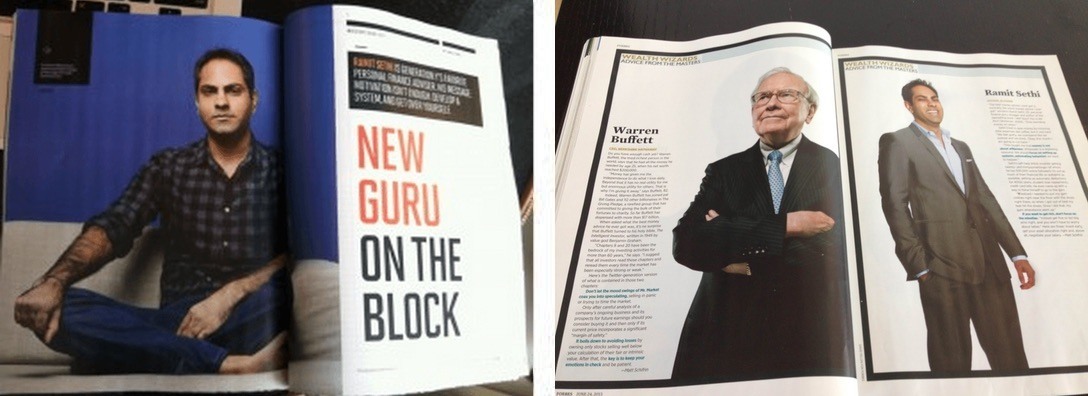
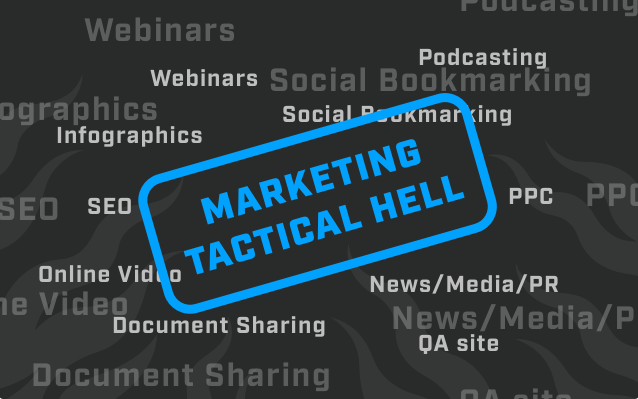




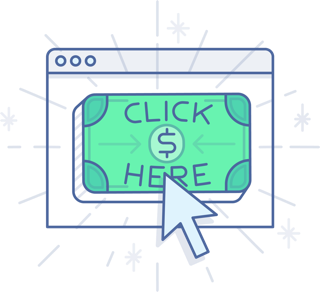







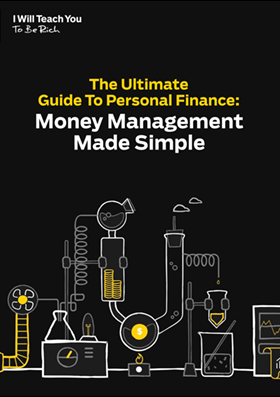
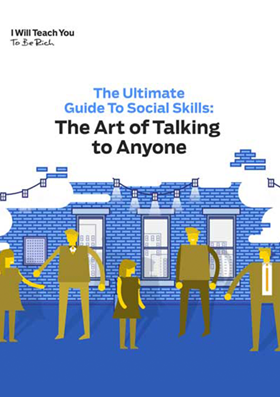
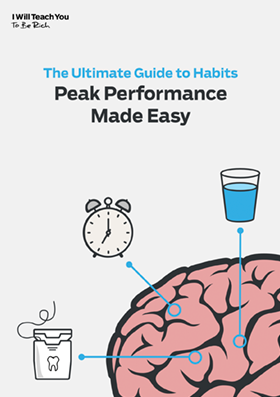

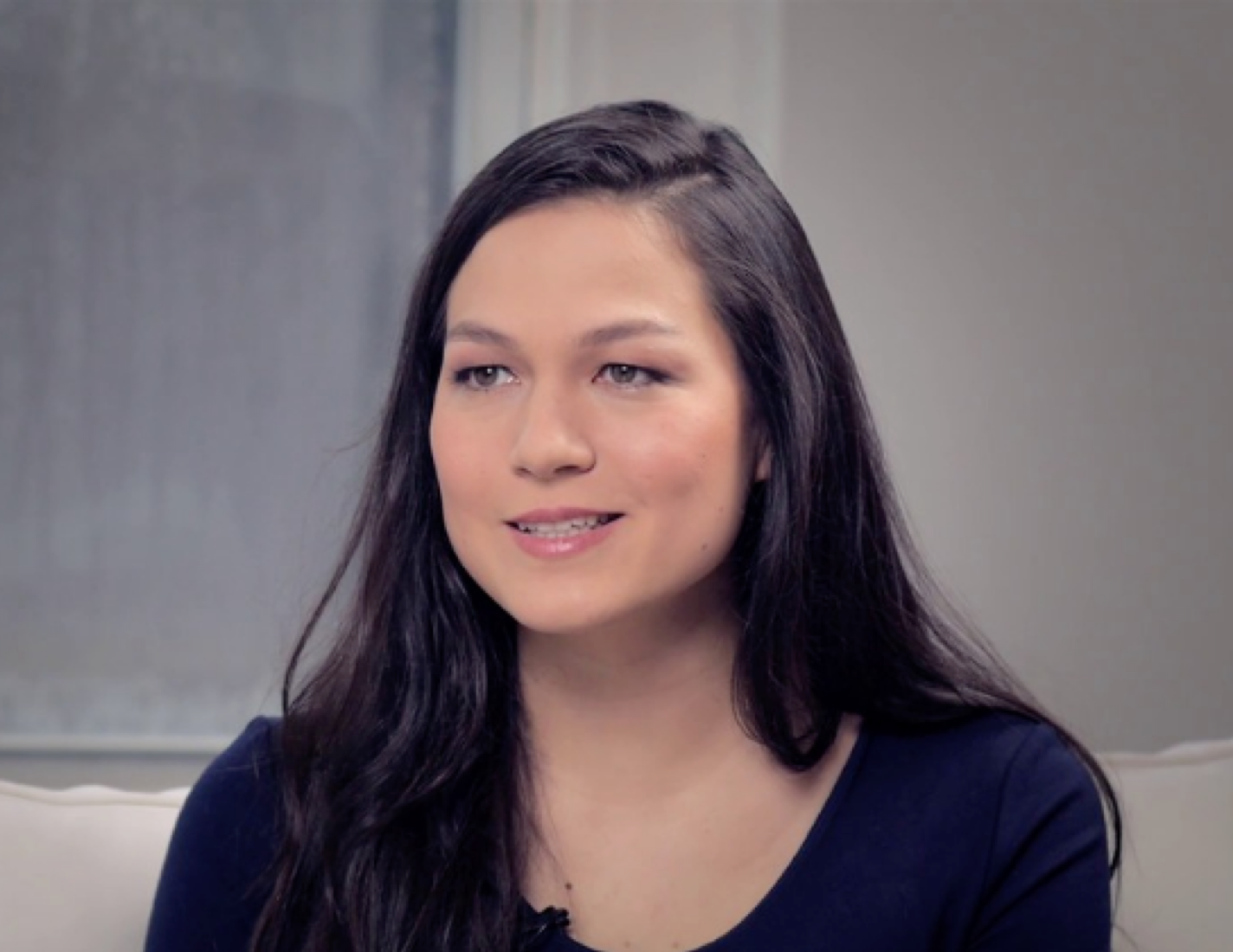
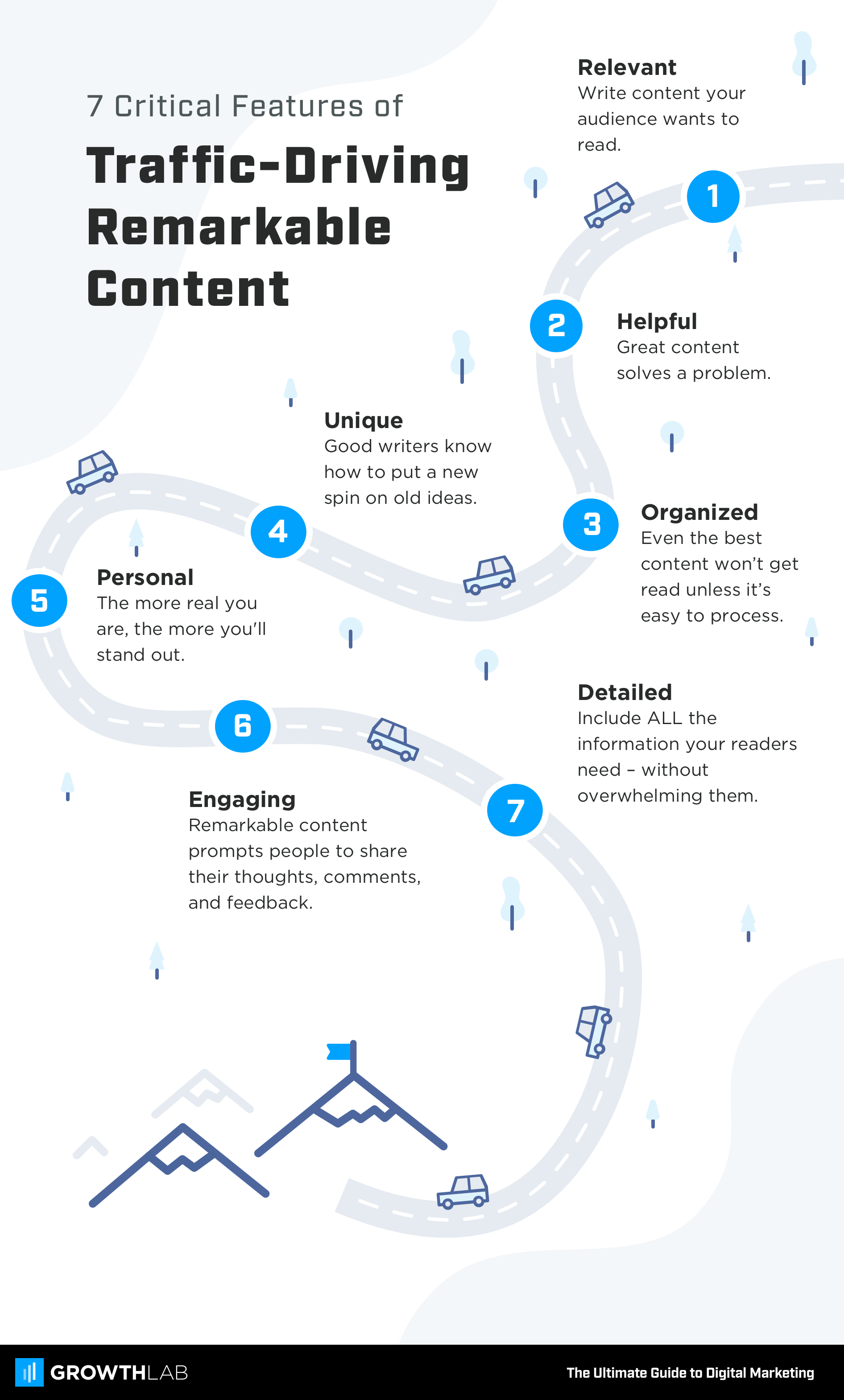






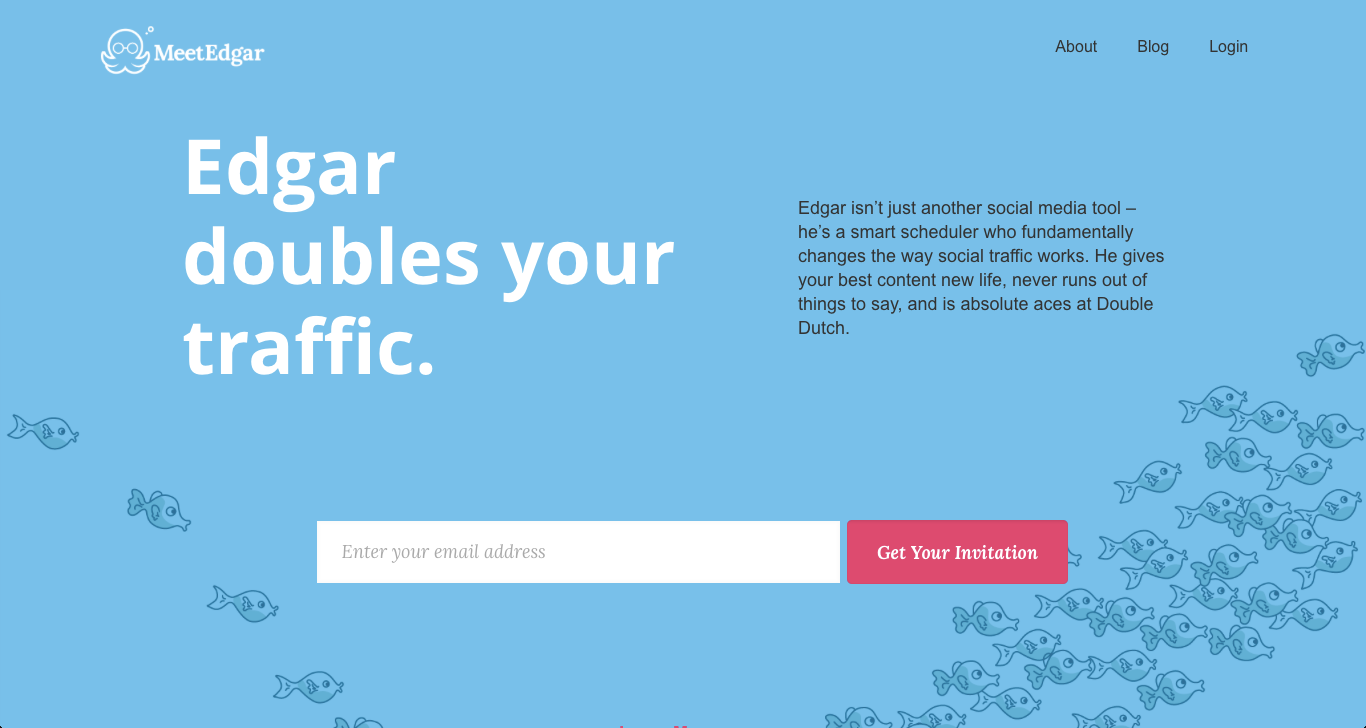
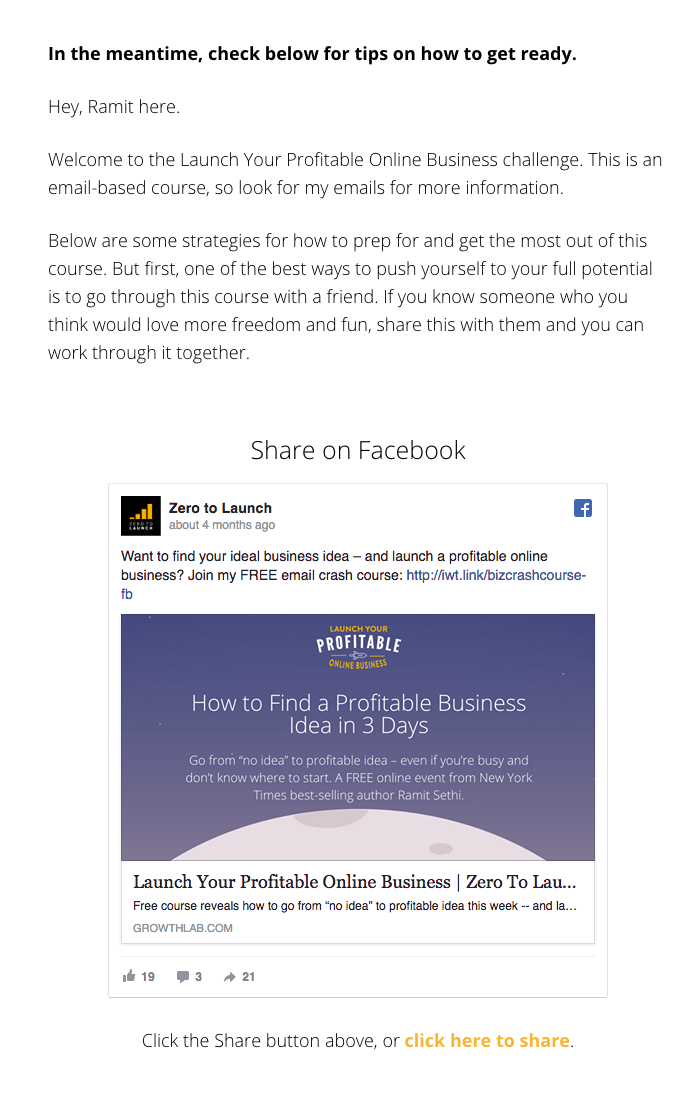
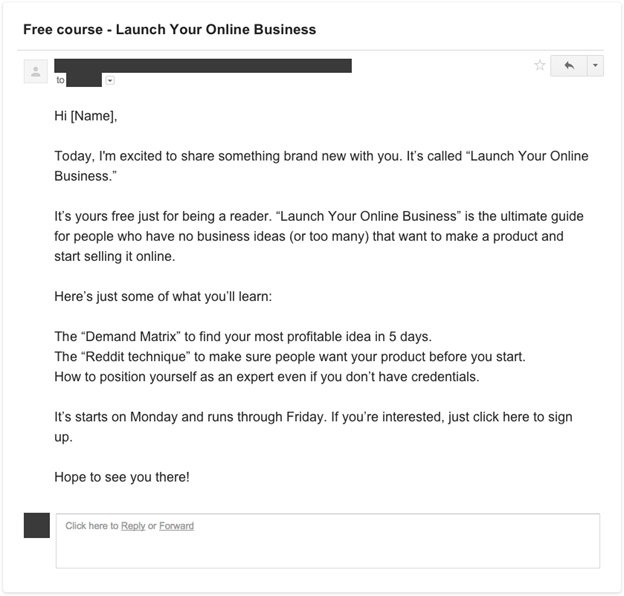



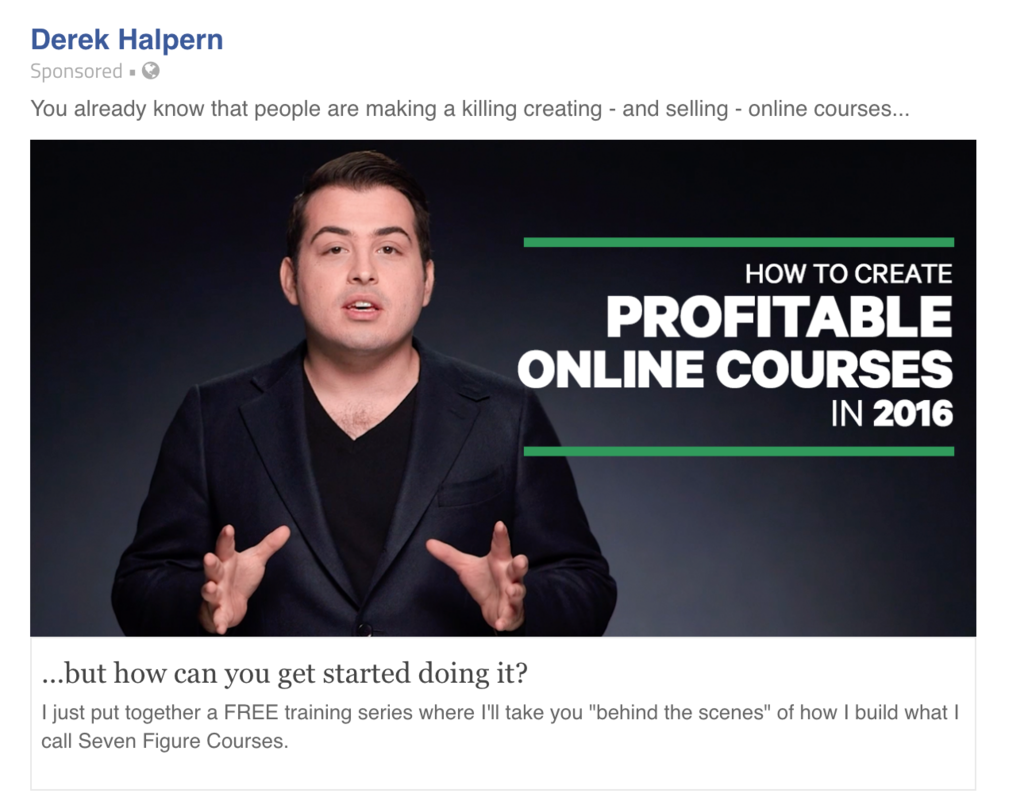



 John Corcoran
John Corcoran
